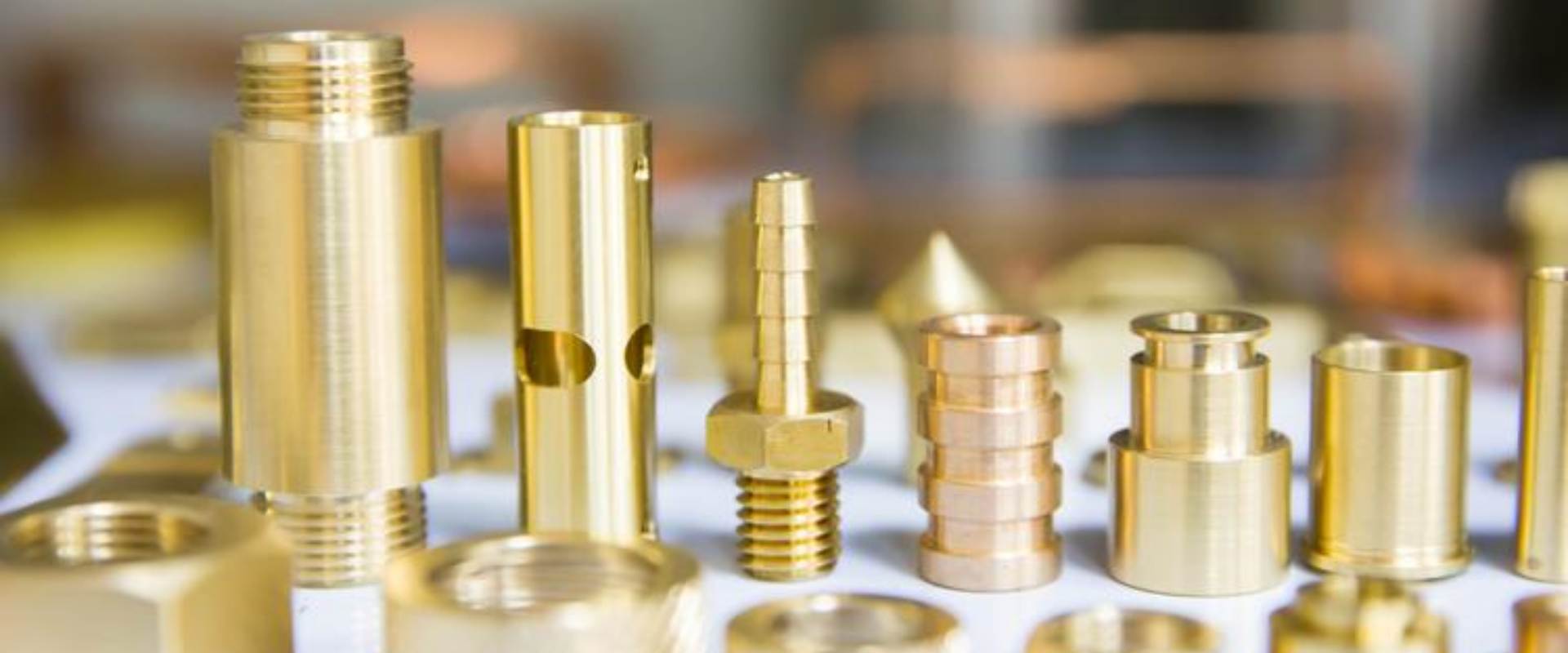
1. Understanding Brass
Brass is an alloy composed primarily of copper and zinc. Its composition can vary, leading to different types of brass with varying properties. Some of the common types of brass include alpha brass, beta brass, and duplex brass. The proportion of copper to zinc determines the color, strength, and malleability of the brass.2. Exploring Bronze
Bronze is an alloy primarily composed of copper and tin, though other elements like aluminum, manganese, or phosphorus can also be added. The presence of tin distinguishes bronze from brass and gives it unique characteristics.
Applications of Bronze
Statues and Sculptures: Bronze has been used for centuries to create artistic masterpieces due to its durability and ability to capture fine details.

3. Unveiling Copper
Copper is a pure elemental metal and has been used by humans for thousands of years. It possesses excellent electrical and thermal conductivity, making it indispensable in various industries.
Applications of Copper
Electrical Wiring: Copper's high electrical conductivity makes it the standard choice for electrical wiring and cables.4. Choosing the Right Material
Properties: Understand the unique properties of each material and how they align with your project requirements.

Comparison Table
Let's summarize the key differences between brass, bronze, and copper in the table below:
|
Property |
Brass |
Bronze |
Copper |
|
Composition |
Copper and Zinc |
Copper and Tin |
Pure Copper |
|
Color |
Gold/Yellow |
Brown/Reddish-Brown |
Reddish-Brown |
|
Strength |
Varies based on composition |
High |
Moderate |
|
Conductivity |
Moderate |
Low |
High |
|
Corrosion Resistance |
Good |
Excellent |
Excellent |
|
Applications |
Instruments, Plumbing, Decorative Items |
Statues, Bearings, Marine Applications |
Electrical Wiring, Heat Exchangers |

 NO.37 Tiancheng Road, Binjiang Development Zone, Nanjing, Jiangsu, China
NO.37 Tiancheng Road, Binjiang Development Zone, Nanjing, Jiangsu, China Tel/Whatsapp : +86-1377-0661-937
Tel/Whatsapp : +86-1377-0661-937 Email : sales@comelycnc.com
Email : sales@comelycnc.com

